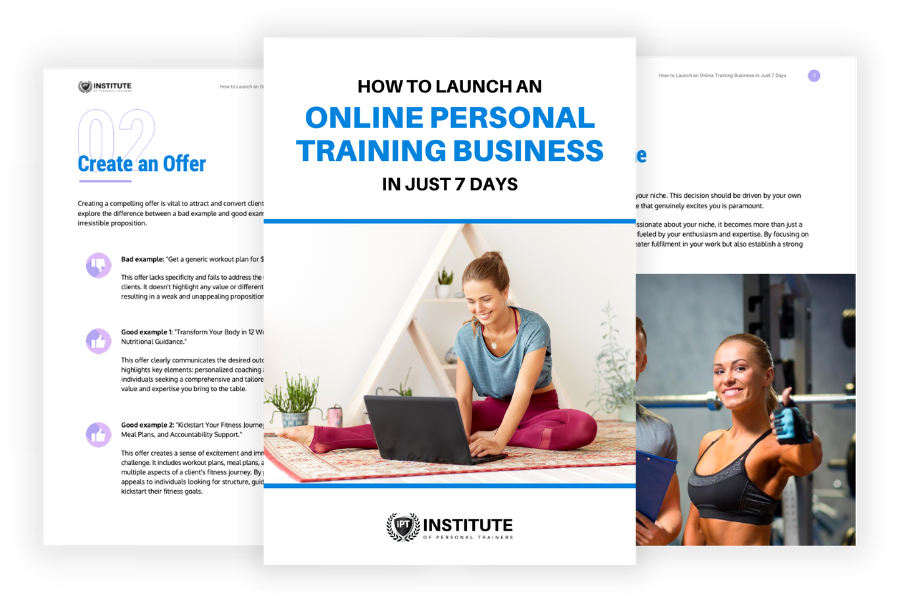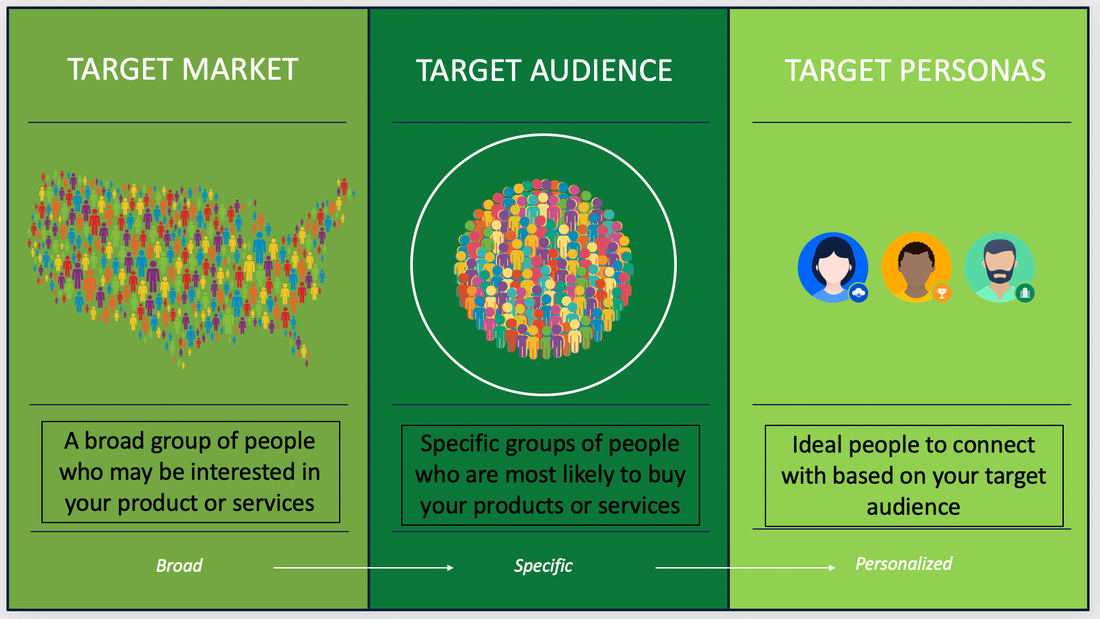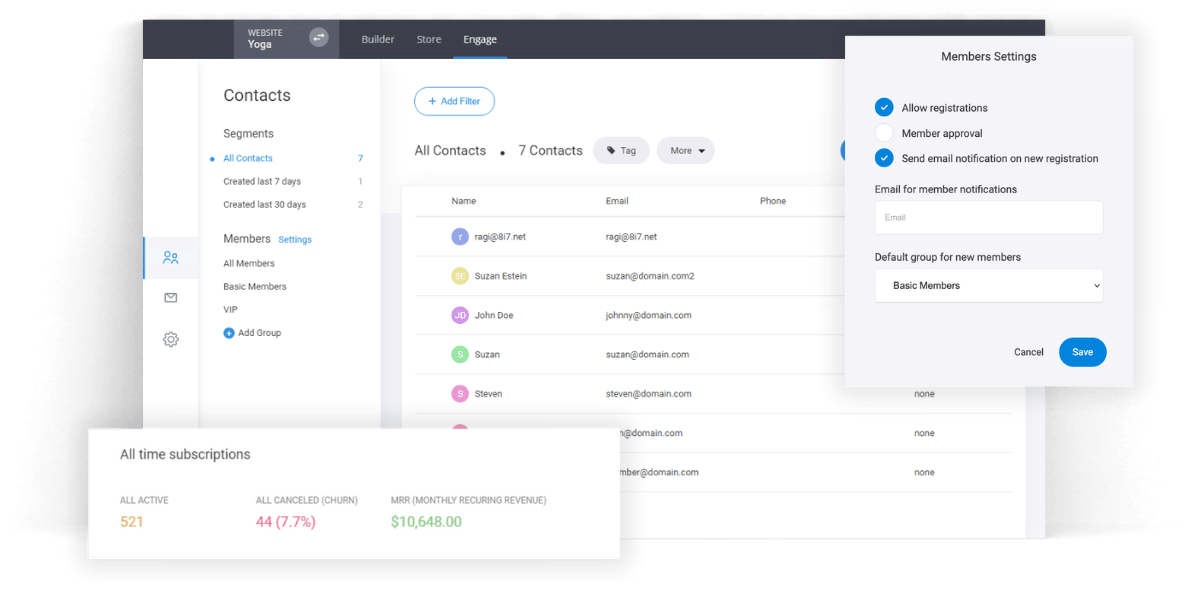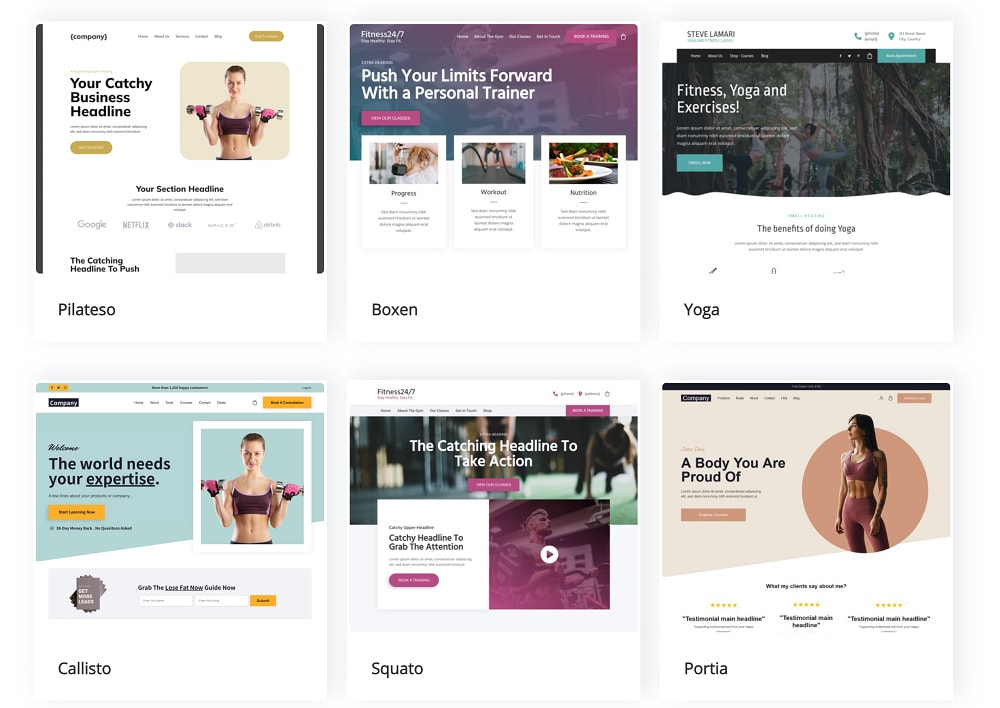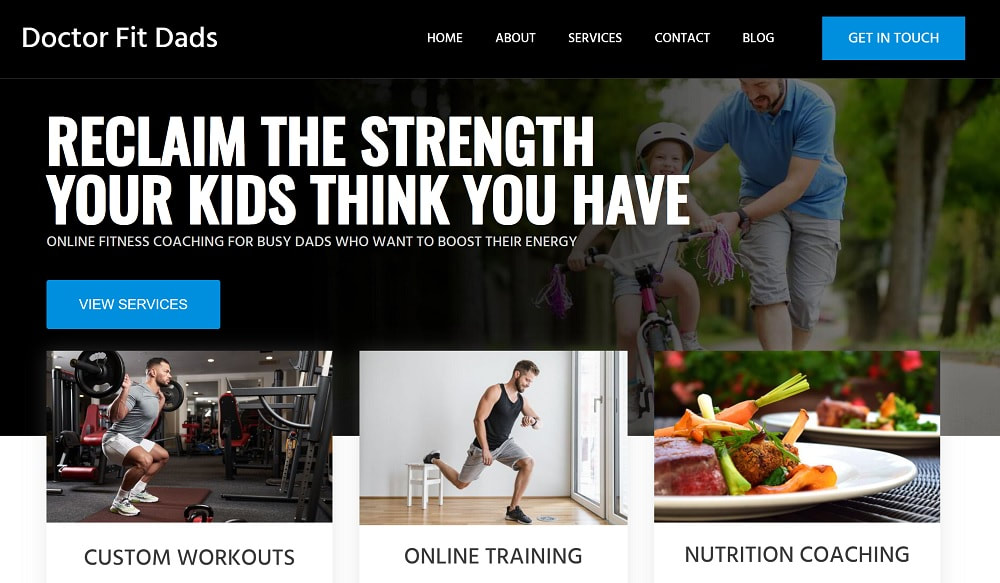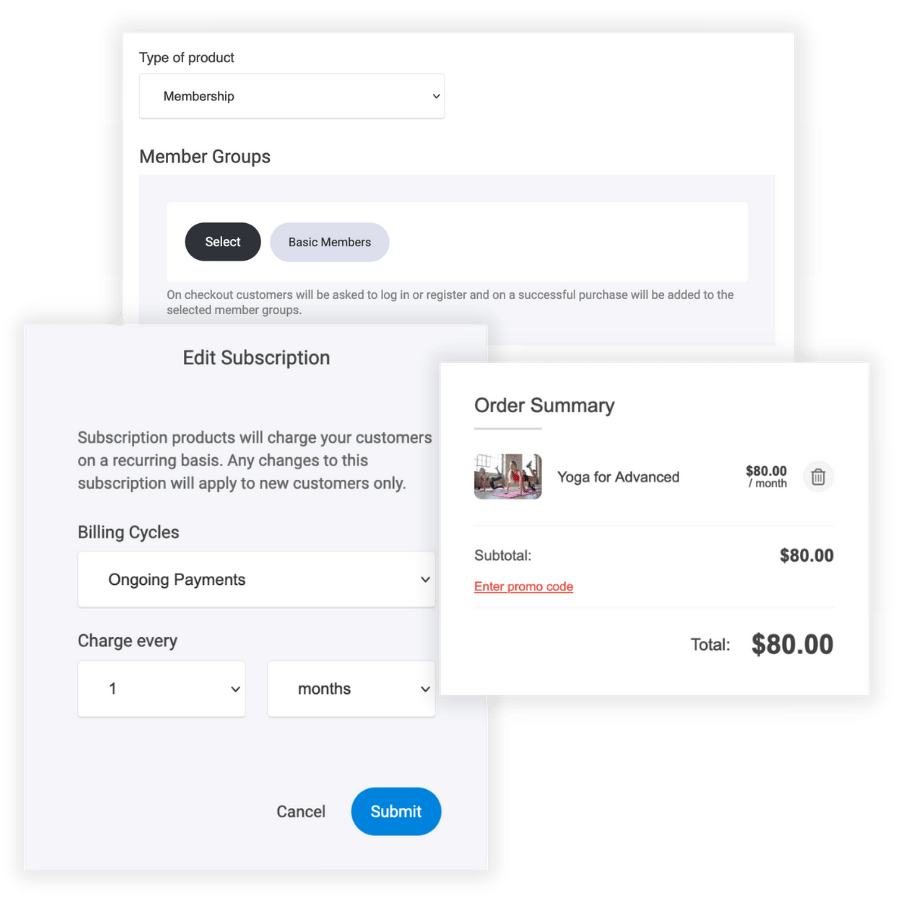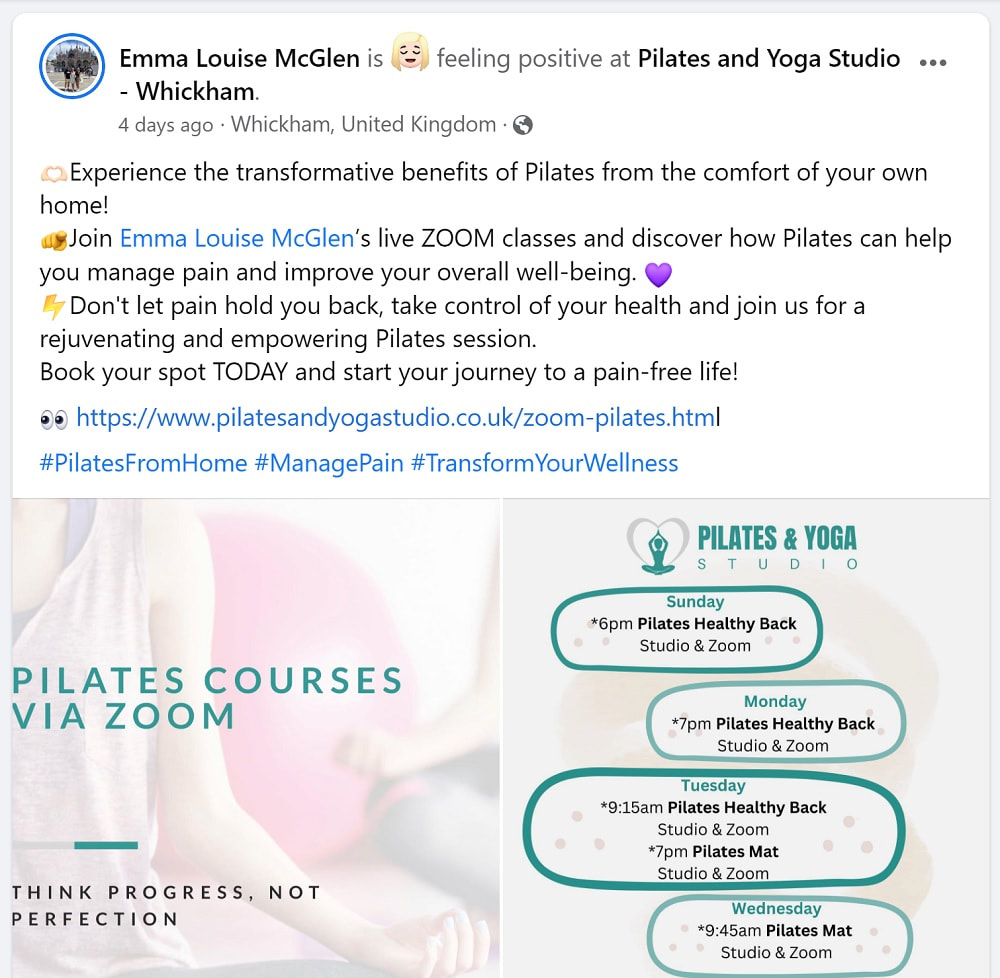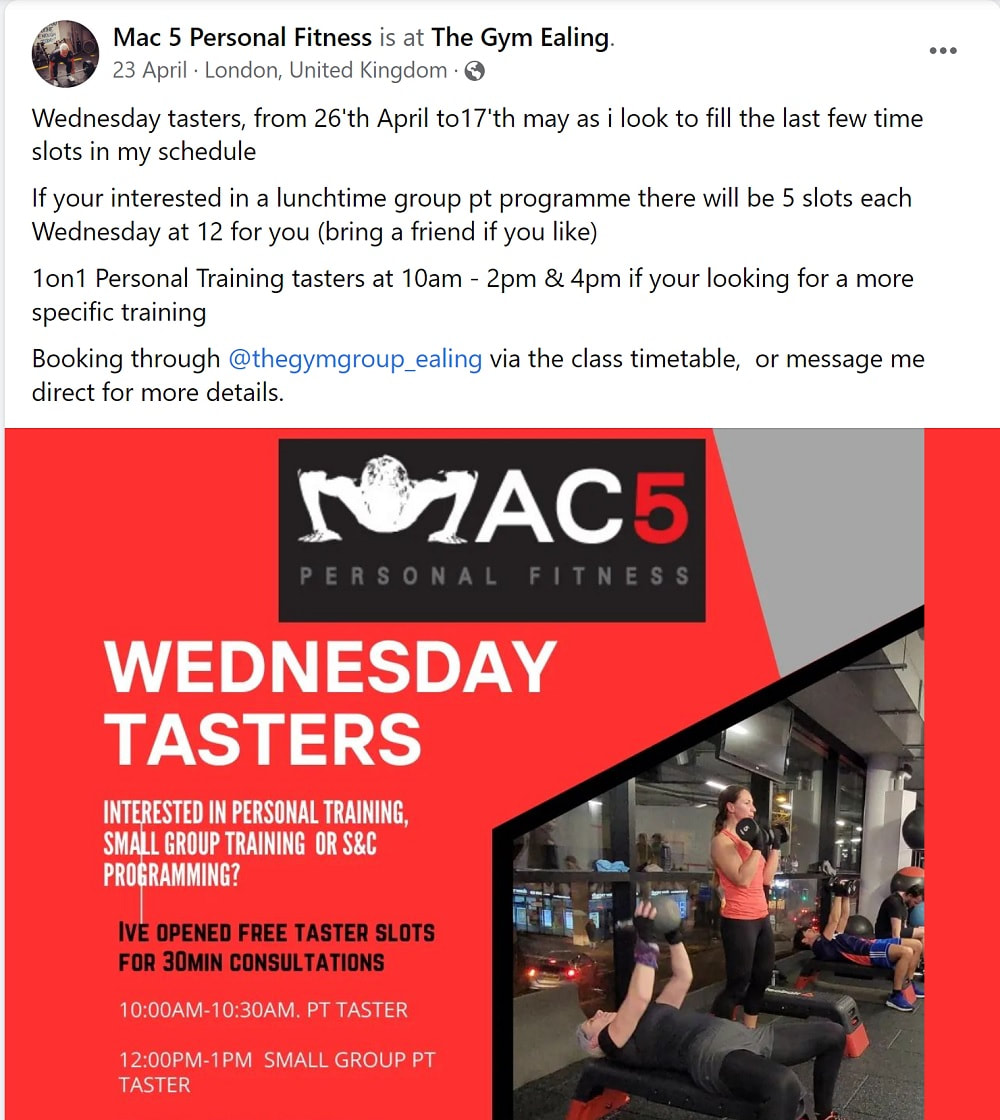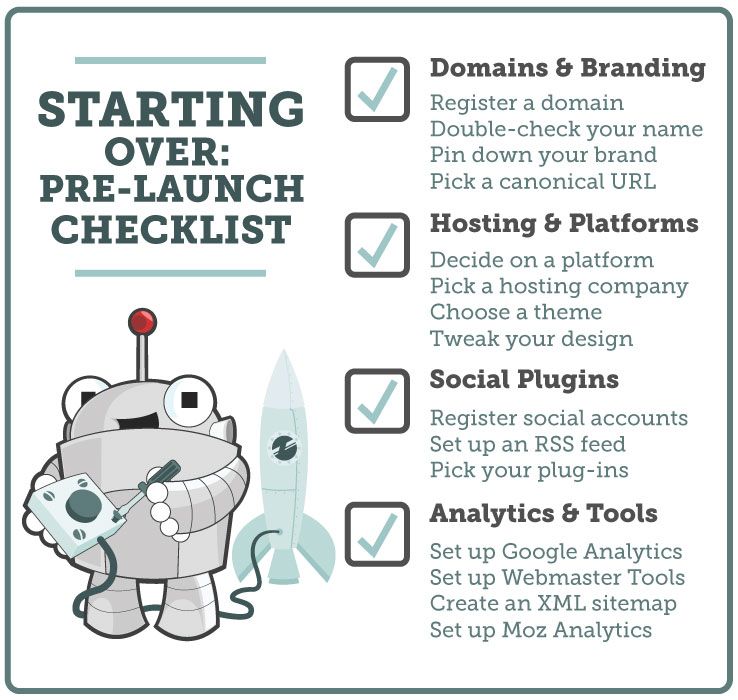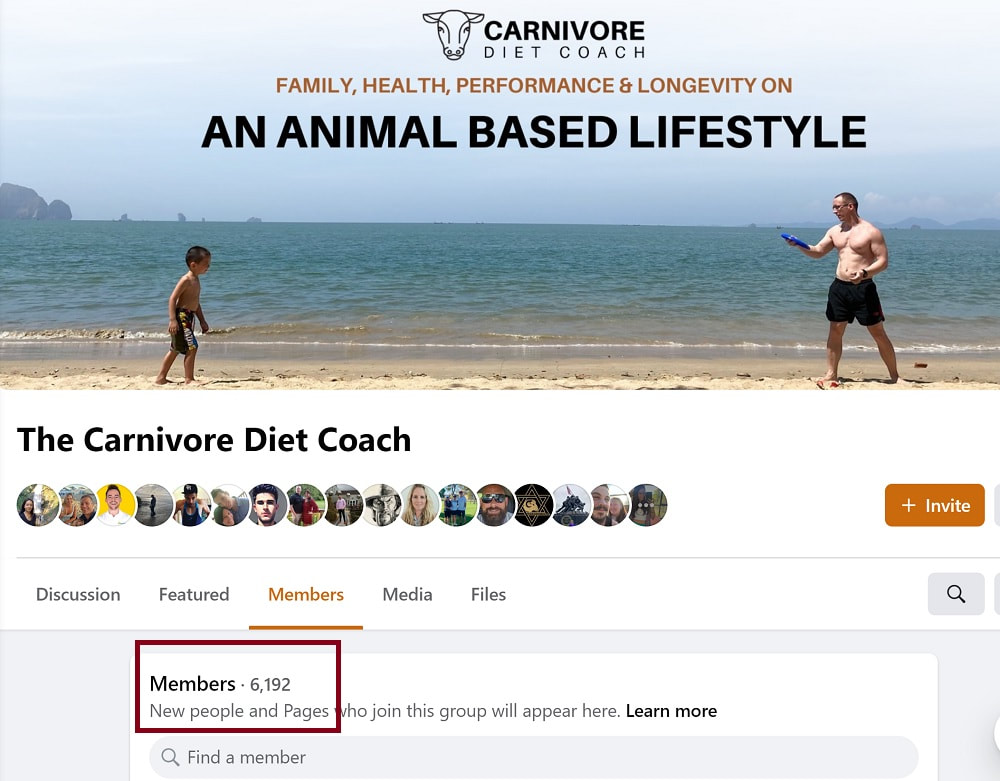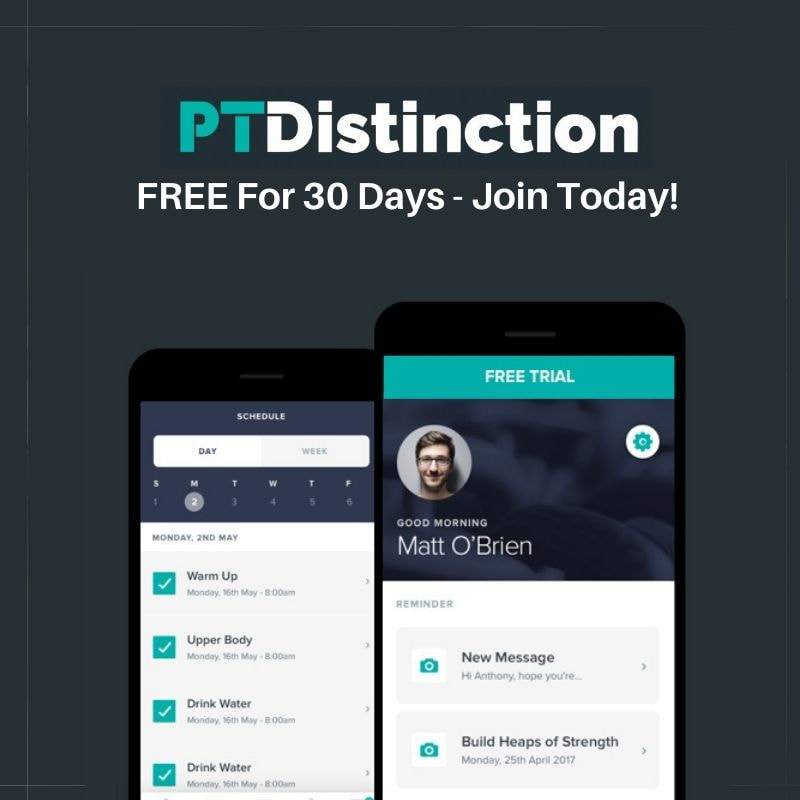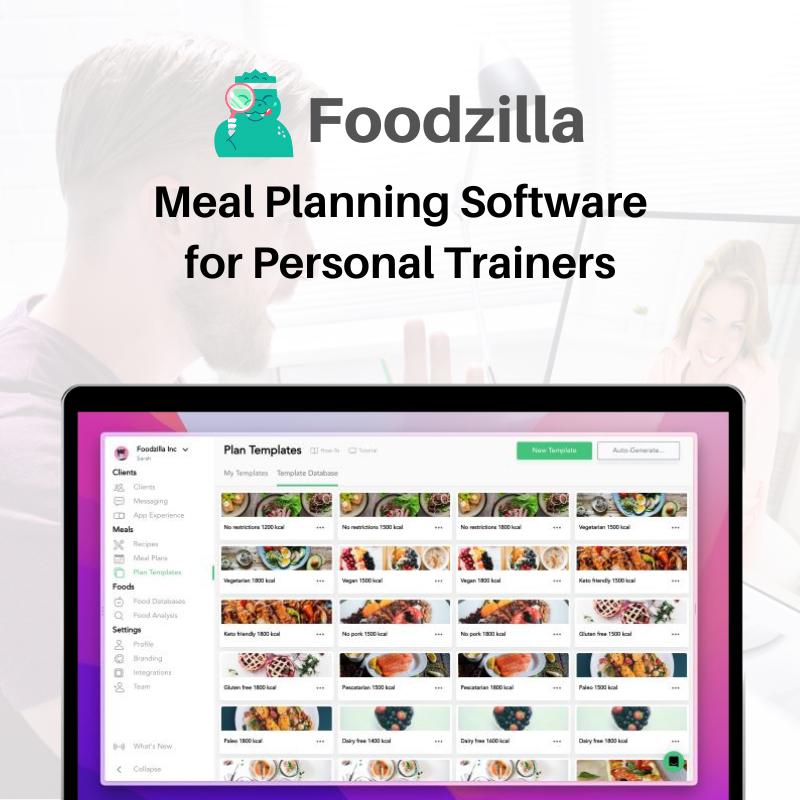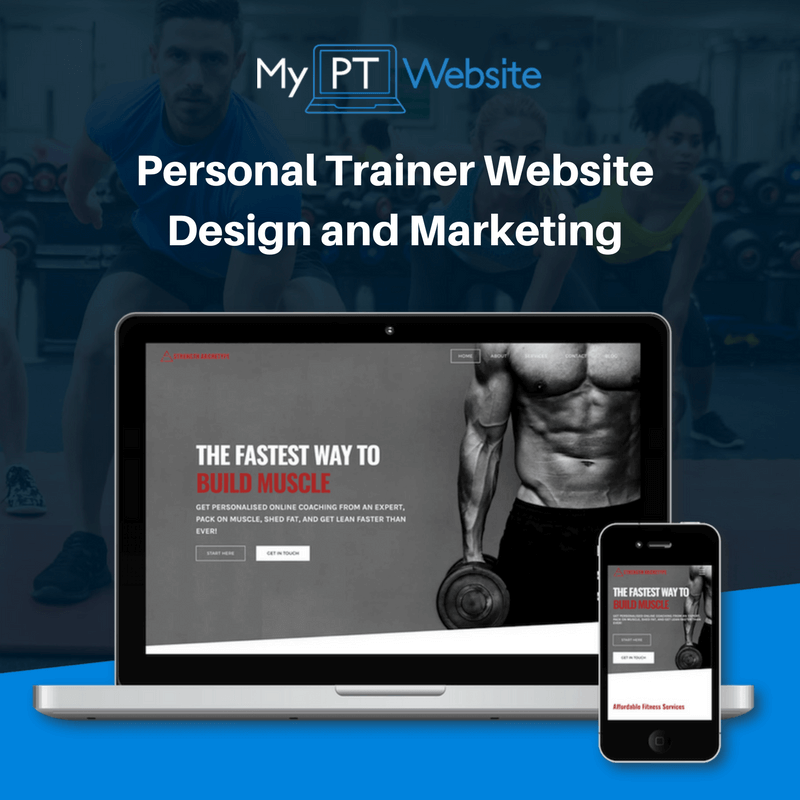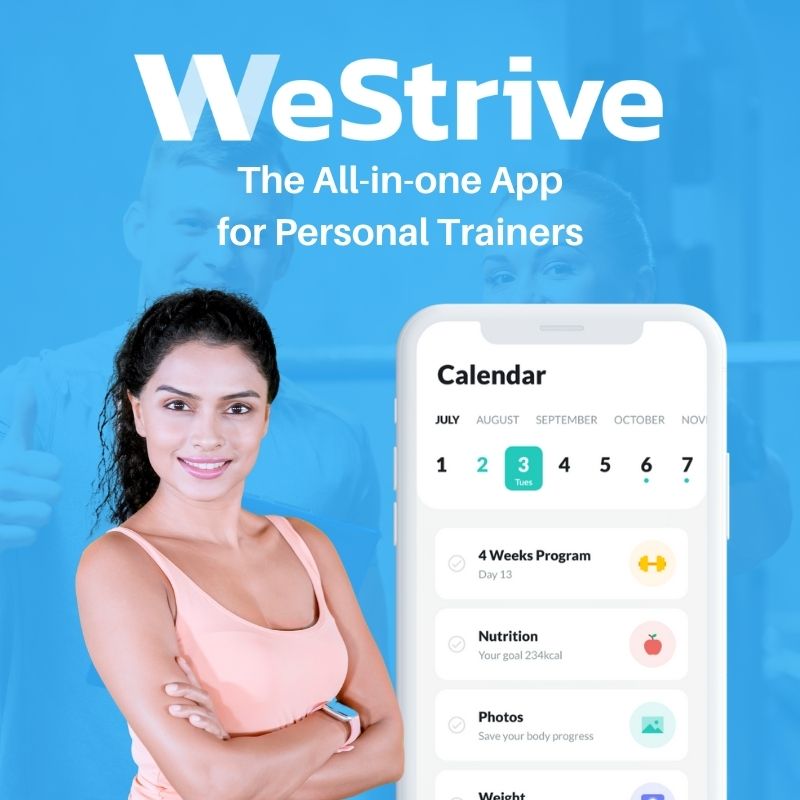|
FREE GUIDE: HOW TO LAUNCH AN ONLINE PERSONAL TRAINING BUSINESS
IN JUST 7 DAYS
✓ The new, better way of launching an online business
✓ The fastest way to create in irresistible offer ✓ A simple system to sell to clients who are interested |
|
With the rise of online fitness services, having a well-designed and functional website is crucial for personal trainers looking to expand their reach. Building a fitness membership website can seem daunting, but it becomes achievable with proper guidance. This article walks you through the essential steps to create your fitness membership website. From understanding your goals and target audience to launching your website, let's explore the path to success in online fitness memberships.
Table of Contents:
Step 1. Understand Your Goals and Target Audience
Before building your fitness membership website, it's crucial to understand your goals and identify your target audience. This initial step sets the foundation for your website development journey.
Defining Your Goals Begin by asking yourself what you aim to achieve with your fitness membership website. Are you looking to provide workout plans, exclusive content, or personalized coaching? Clarifying your goals will help shape the structure and features of your website. Consider factors such as the number of membership tiers you want to offer, the level of interaction you wish to have with your members, and any additional services or products you plan to provide. Understanding your goals ensures that your website aligns with your overall vision and meets the needs of your audience. Identifying Your Target Audience Next, identify your niche—the individuals you want to attract and engage with through your fitness membership website. Think about the demographics, interests, and needs of your ideal members. Are you targeting beginners, fitness enthusiasts, or a specific age group? Understanding your target audience helps you tailor your content, design, and user experience to resonate with them. It allows you to create compelling messaging and provide valuable resources that address their pain points and aspirations. The more you know about your audience, the better you can cater to their needs. The Benefits of Understanding Your Goals and Target Audience By clearly defining your goals and identifying your target audience, you can build a fitness membership website that appeals directly to the people you want to attract. This focused approach increases the chances of attracting members who resonate with your offerings, resulting in higher engagement and retention rates. Moreover, understanding your goals and target audience helps you make informed decisions throughout website development. It guides your choices regarding design elements, features, and content creation. By aligning your website with your goals and audience, you create a cohesive and compelling user experience. In the next section, we'll explore the crucial step of researching and choosing a suitable platform for website development, which plays a pivotal role in bringing your fitness membership website to life. Remember, you can expand on each point, add more details, and provide relevant examples to enhance the section further. Step 2. Research and Choose a Suitable Platform for Website Development
When building your fitness membership website, selecting the right platform is crucial. A suitable platform will provide the necessary tools and features to create a compelling and seamless online experience for your members. Here's what you need to consider:
Benefits of Using a Dedicated Platform Like the Institute of Personal Trainers, a dedicated platform offers numerous advantages. They provide specialized solutions for fitness professionals looking to launch online membership services. They often include a comprehensive suite of features, such as fitness website design templates, membership and e-commerce capabilities, and integrated marketing tools like funnels and email marketing. By choosing a dedicated platform, you can save time and effort by utilizing pre-built templates and functionality designed with fitness memberships in mind. These platforms understand the unique needs and challenges of the fitness industry, allowing you to focus on creating valuable content and engaging with your members. Considerations for Platform Selection As you research different platforms, keep the following factors in mind: Features and Functionality Evaluate the platform's features and ensure they align with your goals. Look for membership management tools, customizable templates, secure payment gateways, and email marketing integrations. Ease of Use Consider the platform's user interface and intuitive design. A user-friendly platform will make it easier for you to navigate, customize, and manage your website. Scalability Think about the future growth of your fitness membership website. Can the platform accommodate increasing member numbers and evolving needs? Ensure the platform offers scalability options as your business expands. Support and Resources Assess the platform's level of customer support, documentation, and educational resources. Robust support ensures you have assistance when needed and helps you make the most of the platform's features. Cost Compare pricing plans and understand what features are included in each package. Consider the platform's value concerning your budget and expected return on investment. Step 3. Choose a Visually Appealing and User-Friendly Website Template
nce you have selected a suitable platform for your fitness membership website, it's time to choose a visually appealing and user-friendly website template. A well-designed template is the foundation for creating a captivating online experience for your members. Consider the following aspects:
Importance of Visual Appeal A visually appealing website design creates a positive first impression, reflecting your professionalism and dedication. Look for clean, modern templates that align with your brand and resonate with your audience. User-Friendly Navigation Choose templates with intuitive menus and precise content categorization for easy navigation. A seamless user experience enhances member satisfaction and encourages engagement. Responsive and Mobile-Friendly Design Opt for templates with responsive design to ensure optimal display across devices. Mobile-friendly design is crucial as most website traffic comes from mobile devices. Customization Options Select templates with customization options for colors, fonts, and layout elements. Personalize the template to match your fitness brand and create a distinctive look. Testing and Compatibility Ensure the template is compatible with your chosen platform and undergoes regular updates. Test load times and compatibility with different browsers for a smooth browsing experience. Step 4. Customize Your Website Design and Branding
Customizing your website design and branding is essential to create a unique and cohesive online presence for your fitness membership website. Consider the following factors:
Brand Consistency Ensure your website design reflects your brand identity, including colors, fonts, and logo. Consistency builds brand recognition and trust among your members. Engaging Visuals Use high-quality images and graphics that resonate with your audience. Engaging visuals enhance the overall appeal of your website and capture attention. Compelling Content Craft attractive, informative content that aligns with your brand voice. Valuable content keeps your members engaged and encourages repeat visits. Clear Call-to-Actions Incorporate clear and strategically placed call-to-action buttons to guide members toward desired actions, such as signing up or accessing exclusive content. Intuitive Navigation Ensure smooth and intuitive navigation throughout your website. Members should be able to find information and access membership features easily. Customizing your website design and branding creates a visually appealing and cohesive experience that strengthens your brand identity and engages your members. Step 5. Set Up Membership Features
Setting up membership features is crucial in building your fitness membership website. It enables you to offer exclusive content, manage subscriptions, and provide a seamless experience for your members.
Membership Tiers Determine the membership services you want to offer. You can create a flagship offer or set up different tiers, such as basic, premium, or VIP. Define the features and benefits of each to provide value to your members. Subscription Management Implement a system to manage member subscriptions and payments. Set up recurring billing or subscription plans to ensure a seamless payment process for your members. Exclusive Content Create and curate valuable content exclusively for your members. This can include workout plans, instructional videos, nutrition guides, or member-only blog articles. Community Interaction Foster a sense of community by incorporating features like forums, discussion boards, or member chat groups. Encourage interaction and engagement among your members. Secure Payment Gateway Integrate a secure payment gateway to process member payments. Choose a reliable and trusted payment provider to ensure the safety and privacy of member transactions. Member Account Management Implement a member account system that allows members to access their profiles, manage subscriptions, and update personal information. Setting up membership features creates a seamless and convenient experience for your members. This enhances member satisfaction, increases engagement, and contributes to the overall success of your fitness membership website. Step 6. Create Engaging and Valuable Content for Your Members
One of the critical factors that will keep your members motivated and coming back for more is creating engaging and valuable content. By providing high-quality resources and experiences, you can establish yourself as an authority in your niche and build a loyal community. Here are some ideas for inspiration.
Workout Plans and Programs Design and share well-structured workout plans and programs that cater to your members' specific needs and goals. Include a variety of exercises, progress tracking, and guidance on proper form and technique. Instructional Videos Create informative and visually appealing instructional videos demonstrating exercises, proper techniques, and modifications. Videos can be a powerful tool to enhance understanding and engagement. Nutrition and Meal Guides Offer nutrition tips and meal guides to help your members make healthier choices. Provide educational content on macronutrients, meal prepping, and recipes that align with their fitness goals. Exclusive Resources Develop exclusive resources, such as ebooks, guides, or printable worksheets, that provide additional value to your members. These resources can focus on goal setting, motivation, or overcoming common fitness challenges. Live Workouts and Q&A Sessions Host live workout sessions or interactive Q&A sessions to foster a sense of community and allow members to connect with you in real time. This adds a personal touch to their membership experience. Regular Content Updates Keep your content fresh and engaging by regularly updating and adding new material. This ensures members have something to look forward to and encourages them to stay involved with your service. Member Feedback and Surveys Seek feedback from your members to understand their preferences and areas of interest. This enables you to tailor your content to their needs and preferences, making it more relevant and valuable. Creating engaging and valuable content enhances the overall member experience and establishes your fitness membership website as a go-to resource. Remember to continually assess member feedback and adapt your content strategy to ensure ongoing relevance and engagement. Step 7. Create Your Online Fitness Marketing Strategy
Building a successful fitness membership website requires a well-rounded marketing strategy to attract and retain members. Incorporating various digital marketing techniques can increase your online visibility, engage with your target audience, and drive conversions. Let's look at the different online marketing channels you can implement.
Content Marketing Create valuable and informative content that resonates with your target audience. This can include blog articles, videos, podcasts, or infographics that provide fitness tips, industry insights, or motivational content. Email Marketing Build an email list and implement marketing campaigns to nurture relationships with your audience. Send regular newsletters, exclusive offers, and personalized content to keep them engaged and informed so that when they're ready to buy, you'll be the obvious choice for them. Social Media Marketing Utilize social media platforms to connect with your audience, share valuable content, and build a community. Post engaging posts, respond to comments and leverage social media advertising to reach a wider audience. Search Engine Optimization (SEO) Optimize your website content and structure to improve its visibility in search engine results. Conduct keyword research, optimize meta tags, and create relevant, high-quality content to attract organic traffic. Funnels and Lead Generation Implement marketing funnels to guide visitors through a series of steps that convert them into members. Use lead magnets, landing pages, and email automation to capture leads and nurture them toward membership sign-ups. Paid Advertising Consider paid advertising options such as Google Ads or social media ads to reach a wider audience and drive targeted traffic to your website. Set specific goals, monitor your campaigns, and optimize them for maximum effectiveness. Creating a comprehensive online fitness marketing strategy can effectively promote your fitness membership website, attract your target audience, and drive conversions. Continually analyze and refine your marketing efforts based on data and feedback to maximize results. Step 8. Implement Analytics and Tracking Tools
It's crucial to implement analytics and tracking tools to measure the performance and effectiveness of your fitness membership website. These tools provide valuable insights into visitor behavior, conversion rates, and overall website performance.
Set Up Google Analytics Integrate Google Analytics into your website to track and analyze metrics, including website traffic, user engagement, and conversion rates. Install the tracking code on each page of your website to collect data. Define Key Performance Indicators (KPIs) Identify the key metrics that align with your business goals. These could include metrics such as member sign-ups, engagement with specific content, or revenue generated. By setting clear KPIs, you can monitor and measure the success of your website and marketing efforts. Track Conversion Funnels Set up conversion funnels within your analytics tool to understand visitors' paths to becoming members. This helps you identify potential bottlenecks or areas for improvement in your conversion process. Monitor User Behavior Analyze user behavior on your website, such as time spent on each page, popular content, and click-through rates. This information helps you understand how visitors interact with your website and optimize their experience. Utilize Heatmaps Implement heatmaps to visualize how visitors engage with your website. Heatmaps show where visitors click, scroll, and spend the most time, helping you optimize page layouts, content placement, and call-to-action buttons. Track Marketing Campaigns Use tracking tools to monitor the performance of your marketing campaigns. Set up campaign-specific URLs or UTM parameters to track traffic, conversions, and revenue generated from each campaign. Monitor Mobile Performance With most internet users accessing websites via mobile devices, monitoring your website's mobile performance is essential. Analyze mobile-specific metrics, such as load times and bounce rates, and optimize your site for mobile users. Regularly Analyze and Optimize Continuously review and analyze the data provided by your analytics and tracking tools. Identify patterns, trends, and areas for improvement. Use the insights gained to make data-driven decisions and optimize your website and marketing strategies. By implementing analytics and tracking tools, you gain valuable insights into how your fitness membership website performs and can make informed decisions to enhance user experience, increase conversions, and drive growth. Step 9. Launching the Fitness Membership Website
After investing time and effort into building your fitness membership website, it's time to launch it and share your offerings with the world. A successful launch sets the stage for attracting and engaging members. Follow these steps to ensure a smooth and impactful launch:
Pre-Launch Checklist Create a pre-launch checklist to ensure all elements are in place before the launch. This includes testing functionality, proofreading content, optimizing load times, and confirming that member journeys and payment gateways are set up correctly. Promote the Launch Generate excitement by announcing the launch of your fitness membership website across various channels. Use your website, social media platforms, email marketing, and other relevant channels to spread the word. Offer Early Bird Specials Encourage early sign-ups by offering limited-time promotions or early bird specials. This incentivizes potential members to take action and join your membership community. Engage with Your Audience Be responsive and engage with your audience during the launch phase. Promptly respond to inquiries, comments, and feedback, fostering a positive and interactive environment. Collect Testimonials Request testimonials from initial members who have experienced your website and services. Positive testimonials build trust and credibility, encouraging others to join. Referral Programs Implement referral programs to encourage your members to invite their friends and colleagues to join. Offer incentives for successful referrals, such as discounts or exclusive content. Measure and Analyze Track key metrics during the launch phase to evaluate the success of your launch strategies. Monitor member sign-ups, engagement rates, and feedback to identify areas for improvement. Ongoing Promotion Continue promoting your fitness membership website beyond the initial launch. Utilize content marketing, social media, email marketing, and collaborations to maintain momentum and attract new members. Remember, the launch is just the beginning. Consistently monitor member feedback, analyze data, and make necessary adjustments to ensure continuous growth and member satisfaction. Step 10. Provide Ongoing Support and Updates
Launching your fitness membership website is just the beginning of your journey. To maintain member engagement, satisfaction, and loyalty, it's essential to provide ongoing support and regular updates. Follow these steps to ensure your members receive the support they need and stay connected with your offerings:
Member Support Channels Establish clear and accessible member support channels like email, live chat, or a dedicated support portal. Promptly respond to member inquiries, feedback, and concerns to foster a positive and supportive environment. Regular Communication Maintain regular communication with your members to keep them informed and engaged. Send newsletters, updates, or exclusive content to provide value and remind them of their membership benefits. Content Updates Continually update your website with fresh and valuable content. Regularly publish new workouts, nutrition tips, articles, or videos to keep your members motivated and engaged with your platform. Community Engagement Foster a sense of community among your members by encouraging interaction and engagement. Create forums, groups, or member-exclusive events where members can connect, share experiences, and support each other. Personalized Experiences Offer personalized experiences and content based on member preferences and goals. Use data and member insights to enhance your value and tailor recommendations, workout plans, or exclusive offers. Member Feedback and Surveys Regularly seek member feedback through surveys, polls, or feedback forms. Actively listen to their suggestions, concerns, and ideas for improvement, and adjust based on their input if they align with your business goals. Continual Optimization Continually optimize your website, features, and user experience based on member feedback and data insights. Regularly review analytics, track member engagement, and identify areas for improvement. Exclusive Benefits Provide exclusive benefits and perks to your members to enhance their membership experience. This can include access to premium content, discounts on merchandise or partner products, or priority registration for events or workshops. By providing ongoing support and updates, you foster a strong and loyal community of members who feel valued and supported in their fitness journey. This helps drive member retention, referrals, and overall success for your fitness membership website. |
Our All In One Platform
Check out out all in one business & marketing platform for personal trainers!
WEBSITE BUILDER | FUNNELS |MEMBERSHIPS | SCHEDULING| EMAIL MARKETING| PAYMENTS| CRM | AI ASSISTANT | SURVEYS
Popular Articles
Trusted Partners
We work closely with some of the best service providers in the fitness industry.
Categories
All
|

